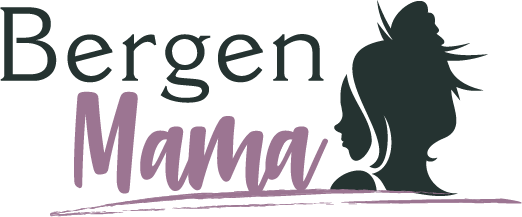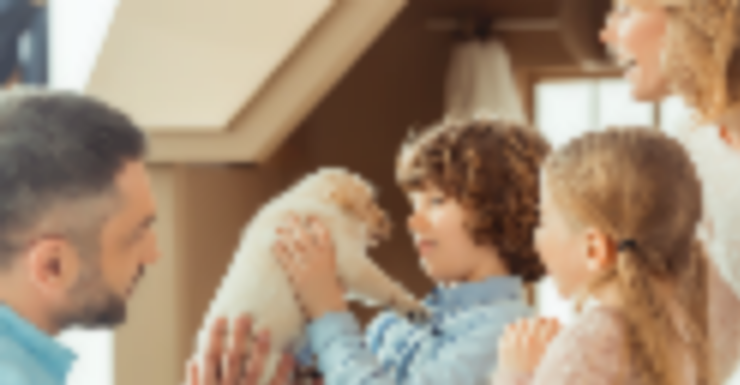Well, you went and did it. You got a puppy. And it’s a good thing it’s cute because it is a handful and it seems to be very much in charge of your household right now. You know that some training would do both you and the dog some good but you’re not even sure where to start. Craig Layne of Obedient K9 Training in Bergen County, NJ offers 9 practical, balanced tips for getting your puppy trained. Fast.
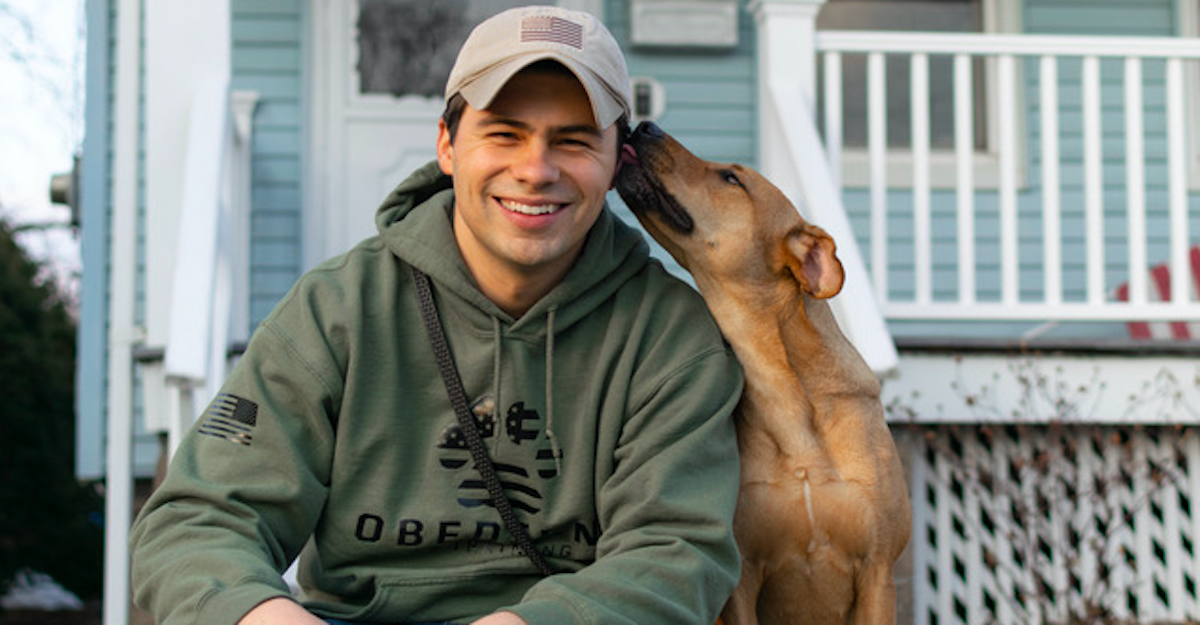
Make the Right Match. For those who are still thinking about getting a puppy, start with making sure the dog you choose works for your lifestyle. If you live in an apartment, a big dog who requires space to run might not be the right dog for you. Likewise, a dog that requires long walks or workouts may not be the best fit for a busy family or a working couple. Make sure the dog’s size, energy and other needs are compatible with your life.
Timing is everything. Alright, the dog is home. When do you start training it? Layne says right away. Your dog requires work because that’s what it is wired to do. Your dog also works to find its advantage. Meaning that puppies quickly learn the correlation between their work and behavior and the treats they get when they do something right. Training should only last an average of 15-20 minutes per session. Start with play or a structured leash walk in which they must follow your lead. Then work with them on whichever skills they’re mastering. Correct your puppy with gentle pressure on their leash. Reward your puppy lavishly for their successes and downplay any setbacks. You’ll have good days and bad days in training so it’s important to think of it as an ongoing process rather than something that has an end. You’ll need to maintain training for the life of your dog. The good news is, this means you can teach an old dog new tricks!
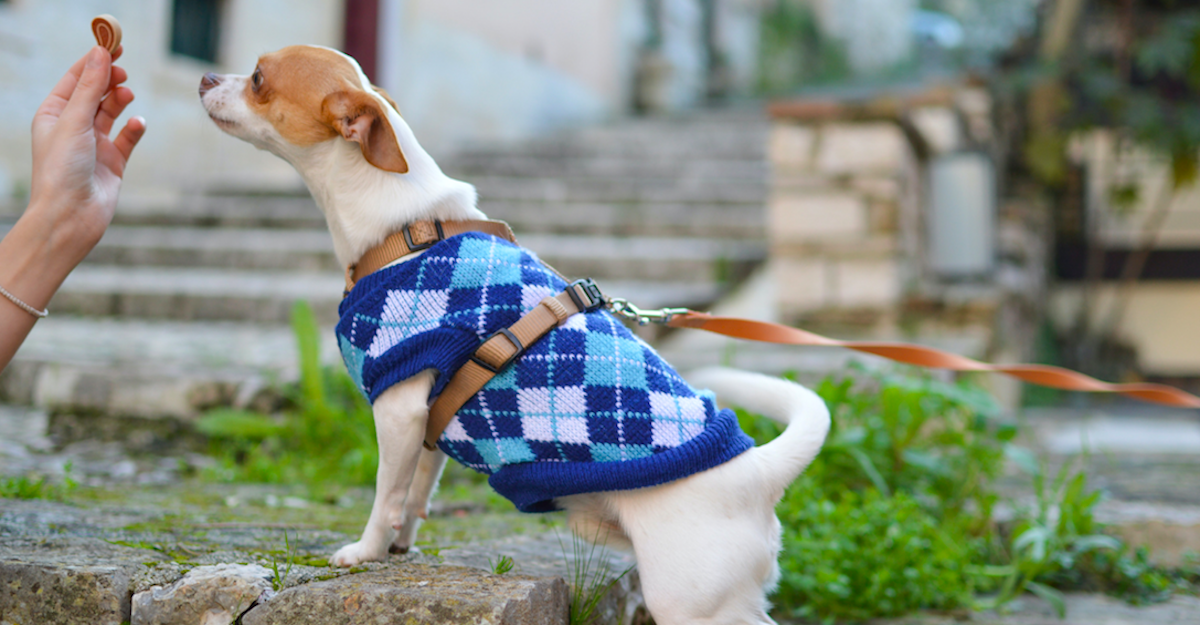 All hands on deck. Layne suggests that the first thing to do with a new puppy is work on hand feeding. Not only does this hinder any tendency toward food aggression, it also helps owners bond with and build trust with their new fur babies.
All hands on deck. Layne suggests that the first thing to do with a new puppy is work on hand feeding. Not only does this hinder any tendency toward food aggression, it also helps owners bond with and build trust with their new fur babies.
Crates are great. Once you have your puppy, you’re still going to need to shower, make dinner and run errands. All of those things are less fun if you are constantly worried about what your puppy is going to destroy while you are doing them. A crate is a safe haven for the dog and a lifesaver for you. It helps control puppy movements during the times you aren’t around to supervise. Make the crate an inviting place with a comfortable cushion, reward your dog when they enter the crate and be consistent about the time your puppy spends in their crate. Layne suggests keeping your puppy in a crate at night for at least a year. After that, if you’re the kind of person who likes to give up at least half their bed, let your dog roam. But you might be surprised, some dogs prefer their own cozy spot and may return to their crate long after you’ve let them out.
Ain’t no potty like an outside potty. The dreaded potty training. When asked how an owner can be assured that their dog fully comprehends that the kitchen floor is not their toilet, Layne says that when puppies begin to understand where they’re supposed to go, they’ll let you know when they need to go. He suggests watching for behavior like running in circles or an inability to settle. It’s also important to feed puppies on a schedule and watch food intake. It’s a good rule of thumb to start watching your dog for signs of urgency 15-20 minutes after a meal. Want to preserve a certain rug from the puppy potty treatment? Sprinkle dry kibble on whatever surface you want to protect and let the dog eat from that surface. Dogs don’t usually use the bathroom where they eat so they’ll skip your heirloom carpet in the event of an emergency. And dry kibble is far easier to clean up than…that other stuff.
Sit and stay awhile. We asked Layne about the easiest command one could teach a puppy. In his opinion, it’s “Sit”. Why? Because if you hold a treat in front of them, the dog will eventually sit on their own. You can then praise their efforts and use the word “sit” to define their action. This form of training is called free shaping. Need them to follow the command a little quicker? Use your hand to gently curve their back end into a sit while pulling lightly on their leash or collar. Don’t forget to reward your dog with words or snacks for a job well done. PS – telling your dog to sit before they understand the word is futile. Word commands should come last in dog training. Remember, they’re learning another language and hooman-speak is complicated.
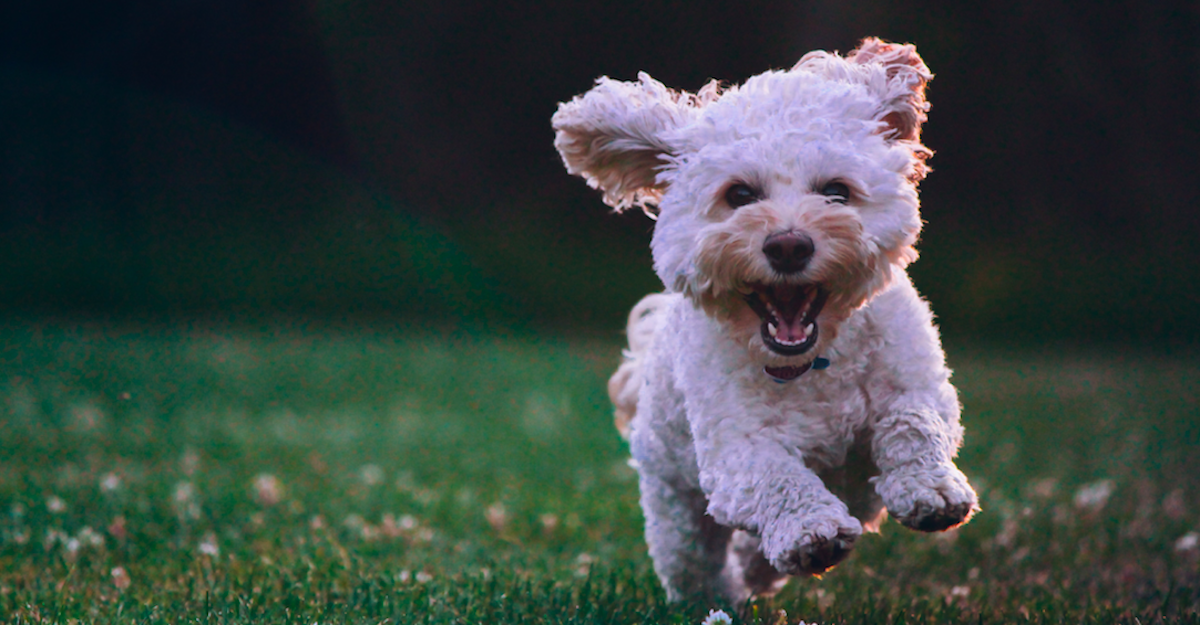
Everybody’s crazy ‘bout a well-trained dog. When asked what else Layne would recommend training a dog to do, he responded that the level of training for a puppy is up to the owners. But he would also suggest teaching puppies the “Place” and “Stay” commands. These commands are convenient for owners but also contribute to the safety of the dog. When a dog is well-trained to stay in place, owners are more easily able to retrieve them in the event that the dogs get out of their enclosures. Being able to have a dog stay in place also helps if the dog expresses wariness around visitors to their home (once that becomes a thing again). It’s also invaluable for dogs who have a tendency to be counter cruisers. Dogs who stay in place won’t swipe the freshly baked cupcakes from the cooling rack! “Come” is important if you want to know that your off-leash dog will return to you and “Down” can be used as a failsafe in a situation that requires quick action.
“Dogs see in pictures, not videos.” What Layne means by this is that if you do your training only in one location, the dog might begin to associate that location with the skill. It’s important to train your puppy in a variety of locations and settings. When the puppy learns to pay attention during training, it is also a good idea to train them in places where there will be lots of things to distract them. Once they’ve mastered the ability to keep their focus, you can be sure that you’ll be able to cut through the “noise” to get your dog’s attention whenever and wherever you need.
No Means No. Socializing your dog is important. They need to know and understand boundaries when it comes to their interaction with people so that they aren’t constantly jumping up, stealing food, or otherwise making themselves a nuisance. They also need to understand boundaries with other dogs. Corrective collars that mimic the feel of a mother’s teeth on a dog’s neck but don’t hurt the dog are one option for training. Harnesses should be used with caution as they trigger a dog’s opposition reflex and may cause them to pull more when on a leash. And dog parks should be approached with caution as the dogs there could be poorly trained and their dominance play could get out of hand.
Bonus Tip: Have fun. Puppies are hard work. Dogs are awesome. This work that you are doing is worth it. Be patient and stick with it. Celebrate the wins and laugh at and with your puppy. They’re super cute and so worth your time!
